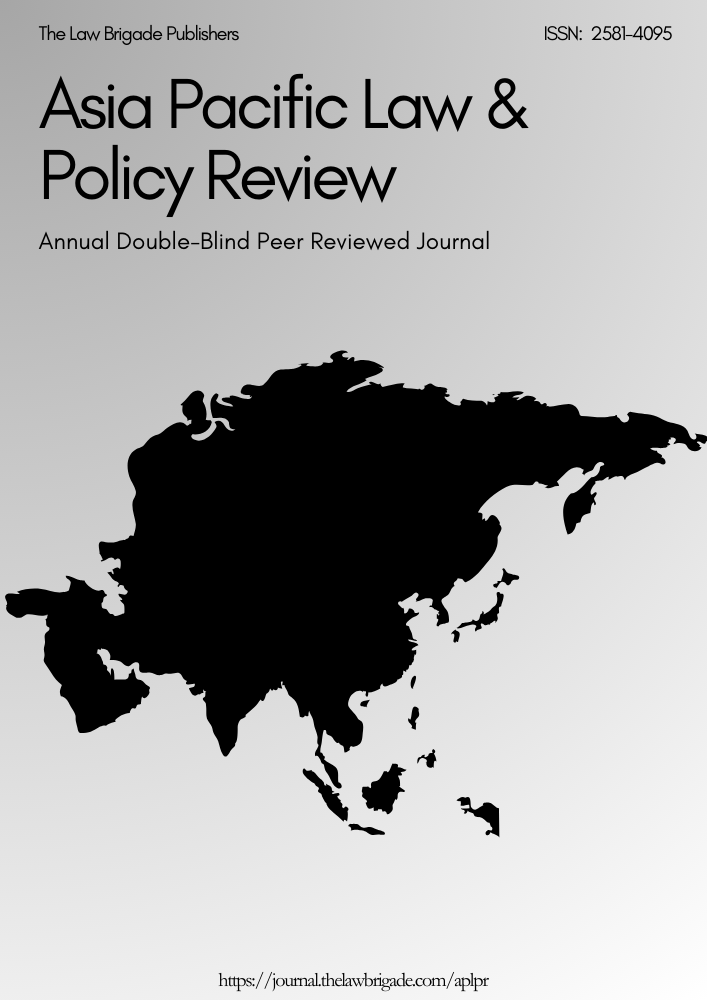The Human Rights System under the Auspices of the African Union (AU) for the Protection of Women’s Rights in Africa
Keywords:
African Union (AU), frican Regional human rights system, Africa Charter, Community Court of Justice (CCJ)Abstract
In the bid for the African Union (AU) formerly referred to as the Organization of African Unity (OAU) to protect the fundamental human rights of the people of Africa, the African Regional human Rights system was established to address human rights issues that are peculiar to its people.
The term human rights in the African context connotes freedom, dignity, equality and social justice as foundations in the struggle to assert the core values of human existence. In the recognition of the concept of human rights in Africa, every African country has enshrined human rights in their constitutions; the inter-governmental organization of African States and the African Union regards the realization of human rights as one of its objectives and principles.
This article will describe the human rights structures created on a continental level in Africa and show the extent to which the African regional human rights system has impacted the promotion and protection of the women’s rights in Africa through African regional human rights instruments such as the African Charter which subsequently created the African commission, African Court on human rights and the women rights protocol (Maputo protocol). The Community Court of Justice (CCJ) of the Economic Community of West African States (ECOWAS Court) also adjudicates on human rights issues; it is the first human rights body to find violation of the African region’s women’s rights treaty.
Downloads
Downloads
Published
Issue
Section
License

This work is licensed under a Creative Commons Attribution-NonCommercial-ShareAlike 4.0 International License.
License Terms
Ownership and Licensing:
Authors of research papers submitted to any journal published by The Law Brigade Publishers retain the copyright of their work while granting the journal specific rights. Authors maintain ownership of the copyright and grant the journal the right of first publication. Simultaneously, authors agree to license their research papers under the Creative Commons Attribution-ShareAlike 4.0 International (CC BY-SA 4.0) License.
License Permissions:
Under the CC BY-SA 4.0 License, others are permitted to share and adapt the work, even for commercial purposes, provided that appropriate attribution is given to the authors, and acknowledgment is made of the initial publication by The Law Brigade Publishers. This license encourages the broad dissemination and reuse of research papers while ensuring that the original work is properly credited.
Additional Distribution Arrangements:
Authors are free to enter into separate, non-exclusive contractual arrangements for distributing the published version of the work (e.g., posting it to institutional repositories or publishing it in books), provided that the original publication by The Law Brigade Publishers is acknowledged.
Online Posting:
Authors are encouraged to share their work online (e.g., in institutional repositories or on personal websites) both prior to submission and after publication. This practice can facilitate productive exchanges and increase the visibility and citation of the work.
Responsibility and Liability:
Authors are responsible for ensuring that their submitted research papers do not infringe on the copyright, privacy, or other rights of third parties. The Law Brigade Publishers disclaims any liability for any copyright infringement or violation of third-party rights within the submitted research papers.


